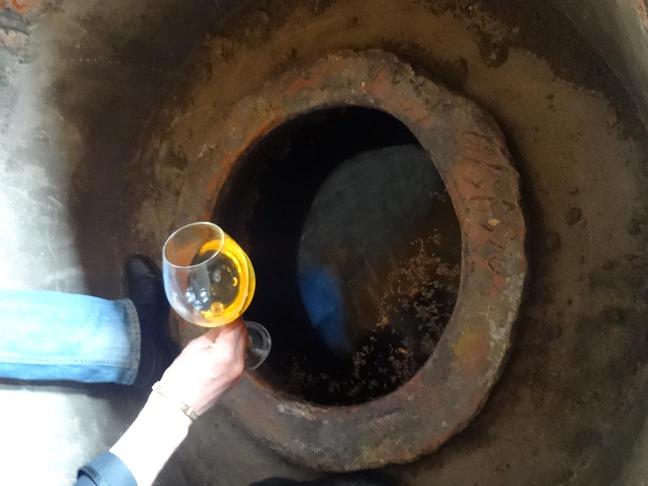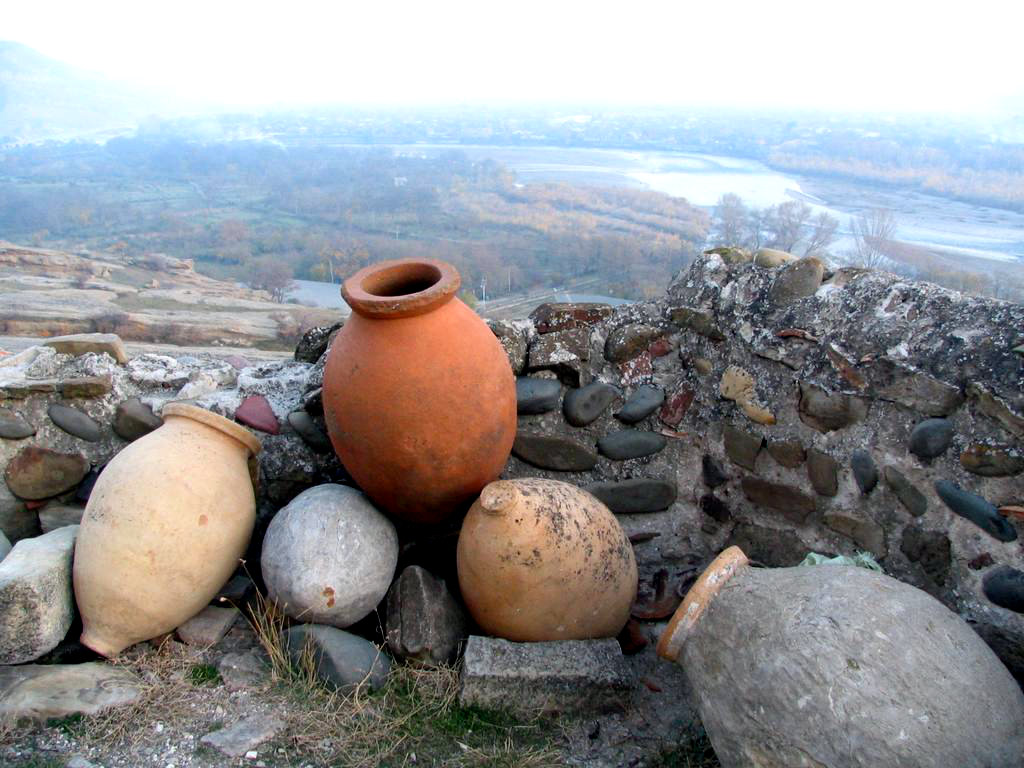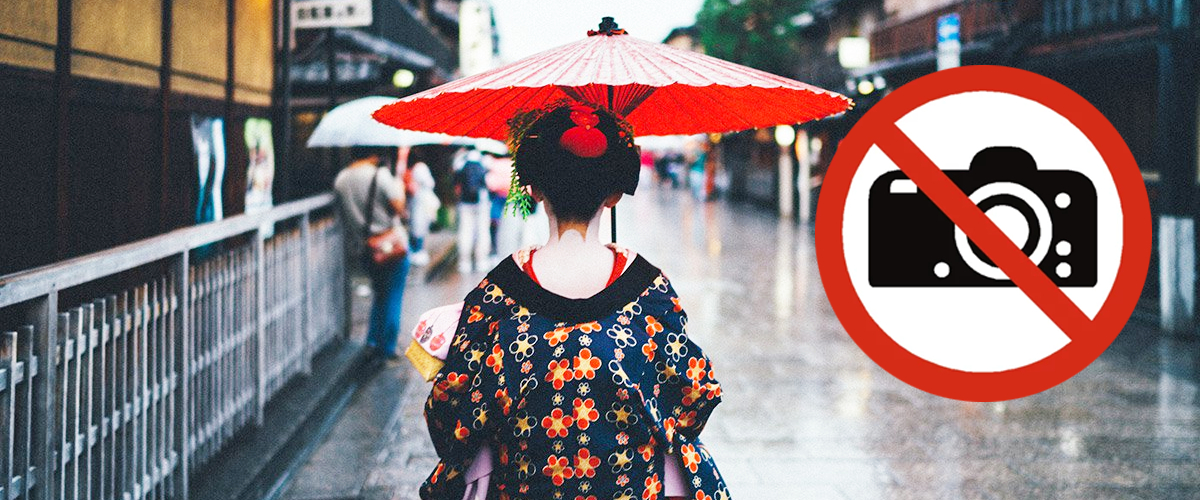Georgian Winemaking Method Using the Kvevri
Georgia is one of the oldest wine regions in the world. The fertile valleys of the South Caucasus house the source of the world's first cultivated grapevines and neolithic wine production, from over 8,000 years ago. Due to the many millennia of wine in Georgian history, and its key economical role, the traditions of its viticulture are entwined and inseparable with the country's national identity.

 Around 150 million litres of wine are produced each year in Georgia, with around 45 000 hectares of vineyards under cultivation. There are 18 Specific Viticulture Areas (a local analogy of the Controlled Appellations of Origin) where the grape variety, planting density and yield per hectare is controlled by Ministry of Agriculture, and where the grape yield per hectare is limited to 8 tons.
Around 150 million litres of wine are produced each year in Georgia, with around 45 000 hectares of vineyards under cultivation. There are 18 Specific Viticulture Areas (a local analogy of the Controlled Appellations of Origin) where the grape variety, planting density and yield per hectare is controlled by Ministry of Agriculture, and where the grape yield per hectare is limited to 8 tons.
 Georgia’s wines fall into several zones: Kakheti and Kartli in the east, and Imereti, Samegrelo, Guria, Ajaria, and Abkhazia in the west. By far the most important of these is Kakheti, which produces 70% of all Georgian wine. The map below shows where these can be found, along with the most important Specific Viticulture Areas.
from 4000 BC inhabitants of the current Georgia were cultivating grapes and burying clay vessels, kvevris, in which to store their wine ready for serving at ground temperature. When filled with the fermented juice of the harvest, the kvevris are topped with a wooden lid and then covered and sealed with earth. Some may remain entombed for up to 50 years.
Georgia’s wines fall into several zones: Kakheti and Kartli in the east, and Imereti, Samegrelo, Guria, Ajaria, and Abkhazia in the west. By far the most important of these is Kakheti, which produces 70% of all Georgian wine. The map below shows where these can be found, along with the most important Specific Viticulture Areas.
from 4000 BC inhabitants of the current Georgia were cultivating grapes and burying clay vessels, kvevris, in which to store their wine ready for serving at ground temperature. When filled with the fermented juice of the harvest, the kvevris are topped with a wooden lid and then covered and sealed with earth. Some may remain entombed for up to 50 years.
 The process of making wine in kvevris involves pressing the grapes and then pouring the juice, grape skins, stalks and pips into the kvevri, which is then sealed. The juice is then left to ferment into wine for at least five to six months before being decanted and bottled. The mash of pips, skins and stalks (called chacha in Georgian) is then removed and distilled into brandy. The empty kvevri is then washed, sterilized with lime and re-coated with beeswax, ready to be filled again.
Wine-makers who use kvevris claim that their wine is stable by nature, rich in tannins, and that it does not require chemical preservatives to ensure long life and superior taste. The tannins found in kvevri wine limit protein content and prevent turbidity.
The process of making wine in kvevris involves pressing the grapes and then pouring the juice, grape skins, stalks and pips into the kvevri, which is then sealed. The juice is then left to ferment into wine for at least five to six months before being decanted and bottled. The mash of pips, skins and stalks (called chacha in Georgian) is then removed and distilled into brandy. The empty kvevri is then washed, sterilized with lime and re-coated with beeswax, ready to be filled again.
Wine-makers who use kvevris claim that their wine is stable by nature, rich in tannins, and that it does not require chemical preservatives to ensure long life and superior taste. The tannins found in kvevri wine limit protein content and prevent turbidity.

UNESCO added the ancient traditional Georgian winemaking method using the Kvevri clay jars to the UNESCO Intangible Cultural Heritage Lists

 Around 150 million litres of wine are produced each year in Georgia, with around 45 000 hectares of vineyards under cultivation. There are 18 Specific Viticulture Areas (a local analogy of the Controlled Appellations of Origin) where the grape variety, planting density and yield per hectare is controlled by Ministry of Agriculture, and where the grape yield per hectare is limited to 8 tons.
Around 150 million litres of wine are produced each year in Georgia, with around 45 000 hectares of vineyards under cultivation. There are 18 Specific Viticulture Areas (a local analogy of the Controlled Appellations of Origin) where the grape variety, planting density and yield per hectare is controlled by Ministry of Agriculture, and where the grape yield per hectare is limited to 8 tons.
 Georgia’s wines fall into several zones: Kakheti and Kartli in the east, and Imereti, Samegrelo, Guria, Ajaria, and Abkhazia in the west. By far the most important of these is Kakheti, which produces 70% of all Georgian wine. The map below shows where these can be found, along with the most important Specific Viticulture Areas.
from 4000 BC inhabitants of the current Georgia were cultivating grapes and burying clay vessels, kvevris, in which to store their wine ready for serving at ground temperature. When filled with the fermented juice of the harvest, the kvevris are topped with a wooden lid and then covered and sealed with earth. Some may remain entombed for up to 50 years.
Georgia’s wines fall into several zones: Kakheti and Kartli in the east, and Imereti, Samegrelo, Guria, Ajaria, and Abkhazia in the west. By far the most important of these is Kakheti, which produces 70% of all Georgian wine. The map below shows where these can be found, along with the most important Specific Viticulture Areas.
from 4000 BC inhabitants of the current Georgia were cultivating grapes and burying clay vessels, kvevris, in which to store their wine ready for serving at ground temperature. When filled with the fermented juice of the harvest, the kvevris are topped with a wooden lid and then covered and sealed with earth. Some may remain entombed for up to 50 years.
 The process of making wine in kvevris involves pressing the grapes and then pouring the juice, grape skins, stalks and pips into the kvevri, which is then sealed. The juice is then left to ferment into wine for at least five to six months before being decanted and bottled. The mash of pips, skins and stalks (called chacha in Georgian) is then removed and distilled into brandy. The empty kvevri is then washed, sterilized with lime and re-coated with beeswax, ready to be filled again.
Wine-makers who use kvevris claim that their wine is stable by nature, rich in tannins, and that it does not require chemical preservatives to ensure long life and superior taste. The tannins found in kvevri wine limit protein content and prevent turbidity.
The process of making wine in kvevris involves pressing the grapes and then pouring the juice, grape skins, stalks and pips into the kvevri, which is then sealed. The juice is then left to ferment into wine for at least five to six months before being decanted and bottled. The mash of pips, skins and stalks (called chacha in Georgian) is then removed and distilled into brandy. The empty kvevri is then washed, sterilized with lime and re-coated with beeswax, ready to be filled again.
Wine-makers who use kvevris claim that their wine is stable by nature, rich in tannins, and that it does not require chemical preservatives to ensure long life and superior taste. The tannins found in kvevri wine limit protein content and prevent turbidity.



 ეს საინტერესოა
ეს საინტერესოა
 04 იანვარი 2016
04 იანვარი 2016

 15152
15152
 გაზიარება
გაზიარება









